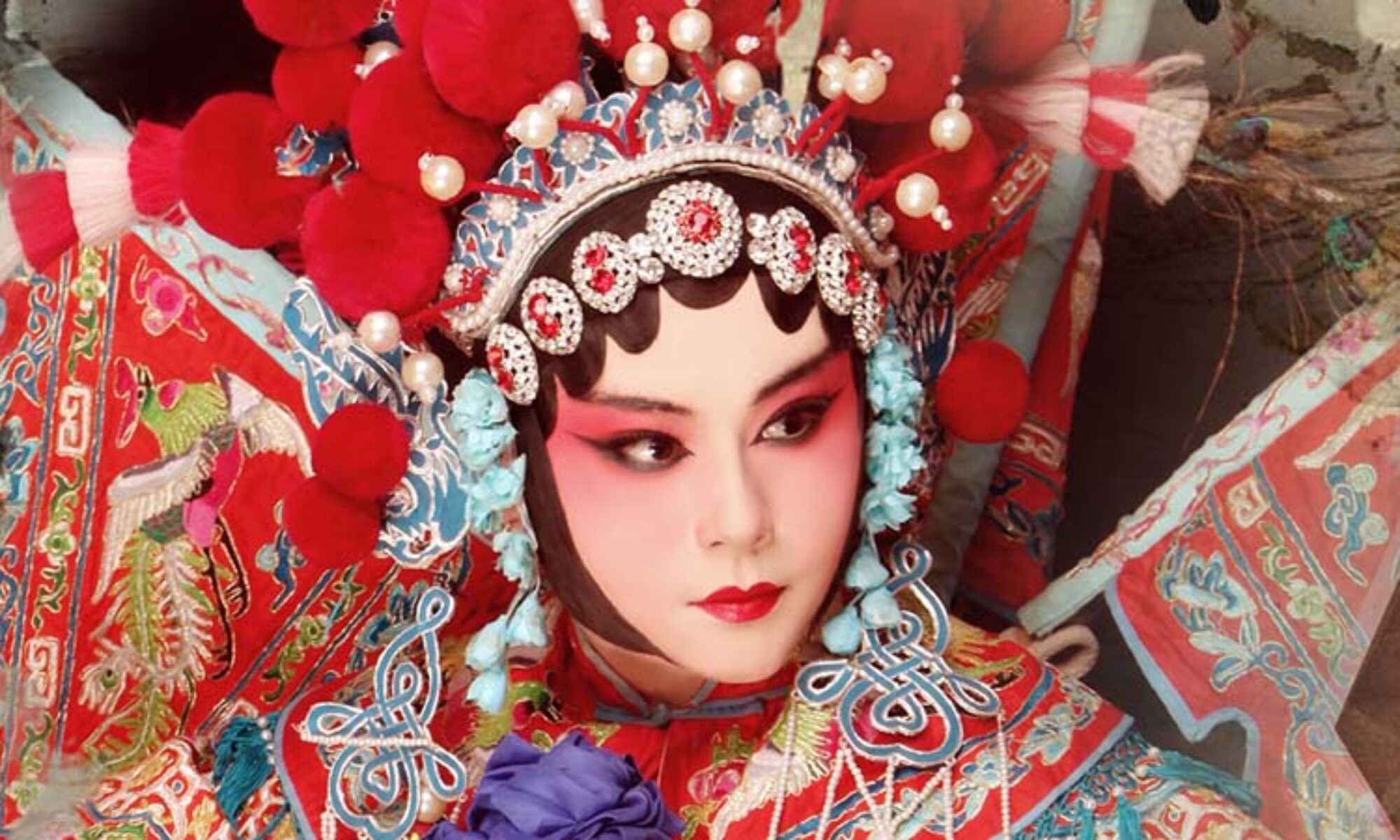
History of Chinese dances
The evolution of Chinese dance is an intriguing journey across thousands of years, reflecting China’s rich cultural heritage and artistic traditions. From its ancient origins to its vibrant present day, Chinese dance has evolved and flourished, leaving an indelible mark on the performing arts world.
Old roots:
The origins of Chinese dance can be traced back to early Chinese dynasties, such as the Shang Dynasty (1600-1046 BC) and the Zhou Dynasty (1046-256 BC). Ritual dances were an integral part of religious ceremonies, ancestor worship, and court celebrations. These early dance forms often included symbolic movements, graceful gestures and complex patterns
Classical influences:
The development of Chinese dance reached new heights during the Tang Dynasty (618-907 AD). This era saw the emergence of the famous Tang court dance, characterized by grace, sophisticated movements, and elaborate costumes. Tang court dance became a symbol of imperial grandeur and artistic sophistication, captivating audiences with its graceful choreography and exquisite music
Folk Traditions:
In addition to court dances, folk dances also flourished throughout China. These dances reflected the unique customs, beliefs and lifestyles of the country’s various ethnic groups. Folk dance represented a colorful web of tradition with lively movements, colorful costumes and rhythmic music. Whether it is the frenzied dragon and lion dances at festivals, or the energetic fan and bow dances of the common people, folk dances have played an important role in preserving and celebrating local culture. Theater impact:
Chinese dance underwent a major transformation with the advent of Peking Opera during the Yuan Dynasty (1271-1368 AD). Dance became an integral part of operatic performances, combining elements of martial arts, acrobatics, and storytelling. Combining dance, music and theatre, Peking Opera has created a unique art form that captivates audiences with its dynamic choreography and expressive movements.
Modern innovation:
In the 20th century, Chinese dance experienced further development and innovation. Influenced by both traditional and Western dance styles, modern Chinese dance has evolved into an art form in its own right. Choreographers began incorporating new techniques, exploring contemporary themes, and experimenting with different movements and musical styles. Chinese dance troupes began to showcase their talents on the national and international stage, gaining recognition for their creativity, technical prowess and cultural authenticity.
Today, Chinese dance continues to evolve, with artists drawing inspiration from both traditional and contemporary sources. It serves as a powerful medium for storytelling, cultural preservation, and artistic exploration. Captivating audiences around the world, Chinese dance performances demonstrate the grace, precision and artistic excellence that characterize this ancient art form. As we follow the evolution of Chinese dance, we witness an amazing continuity of tradition, a continuous dialogue between the past and the present. The history of Chinese dance is a testament to the enduring beauty, cultural significance and artistic ingenuity that have shaped this extraordinary art form.
